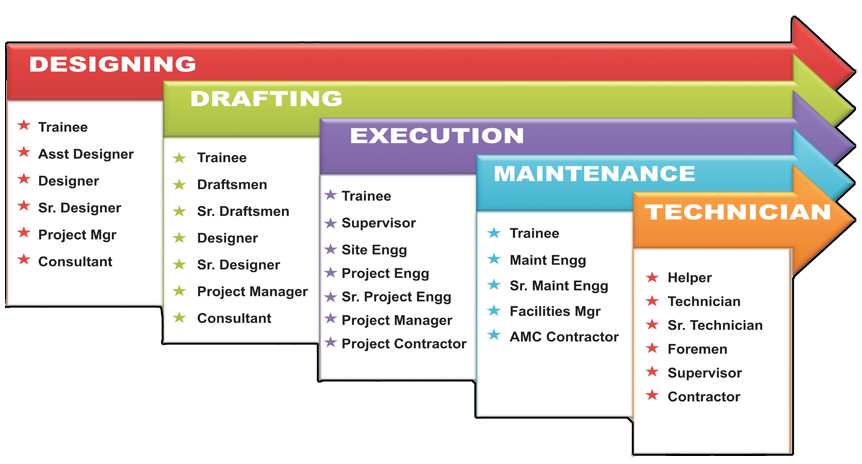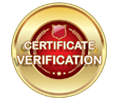Electrician Level-1
Electrical Training Institute
Electrician Level-1
- 30 Days Training.
- Hands on Practice.
- Customer Relationship Behavioral Skills.
- Guaranteed Placement after Completion of Course
Helper Electricians are employed in many service industries, and in various positions and are typically available to applicants who may lack educational backgrounds. Most of the companies expect applicants to have a high school diploma. Depending on your job and pay, you may require experience in construction, electrical work, and other fields. You should be able to perform tasks such as: handling and storing of material, fixing of conduits and wall chasing for concealed wiring, and Cutting, filling, leveling and compaction of earth.
1.Introduction to Electrical Trade
• General discipline
• General safety rules
• Job role
• Fundamentals
• Electricity
• Importance of electricity
• Electrical Terminologies
2. Health, Safety & Environment applications in Electrician occupation
• Need & importance of the safety on the job site
• Safety pcaution at site
• Knowledge of first aid & basic dressing material
• Do’s And Don’ts
• Personal Protective Equipment
• Standards Housekeeping procedure
• Waste disposal and pollution control of organic and inorganic
waste material
• Fire safety equipment
• Importance of fire safety equipments
• Usage of fire safety equipments
• Types of fire protection devices
• Rescue a person who is in contact with live wire
• CPRI life saving technique
• Electrical Safety
• Importance of grounding and bonding
• Types of protective devices
• Discharge chain and Discharge rod for electrical safety
3. Identification & use of basic tools and equipments
• Identification of working tools
• Identification and uses of marking tools, testing tools
• Identification and uses of electrical equipment
• Commonly used Masonry hand tools
4. Material Handling & Storing
• Loading, unloading & shifting methodology
• Methods of storing and stacking
• Safe procedure for storing and carrying fuel, transformer
• Proper storing of hand tools and power tools
5. Cutting, Filling, Leveling & Compaction of earth
• Identification of tools for cutting, filling, leveling, compaction
• Types of compaction Equipment
• Construction Features, Safety and use of hand rollers
and Rammers
• Cutting, filling as per marking and layout
• Methods of compaction of earth
• Leveling Procedures
• Slope protection
6. Erection and dismantle of 3.6 meter temporary scaffold
• Scaffolding & Types of scaffolds
• Hand Tools required for erection & dismantle of 3.6 m
temporary scaffold
• Basic component required for erection
• Process of erecting & dismantle of 3•6 m temporary scaffold
• Shifting of tools & material from bottom level to higher
level of scaffold
• Standard safety procedure while working at height
7. Wall chasing and conduit fixing for concealed wiring
• Wall chasing and conduit fixing for concealed wiring
• Wall chasing & its necessity
• Power tools and hand tools required for wall chasing
• Safety precautions / PPE’s used in wall chasing and
conduit fixing
• Conduit & its types
• Cables & its types
• Specification of conduits & wiring
• Correct procedure of marking
• Housekeeping Practices
8. External threading on MS conduit
• Threading and tools used
• Types of Threads
• Use of die stock and lubricant
• Care and Maintenance
• Holding and cutting tools and their application

There is a lot of scope n your career if you do Helper Electrician course . Your career progression path starts at Helper Electrician, then you become assistant electrician, electrician, work supervisor, construction site engineer and finally Project manager. The salary packages are also high for freshers and also experienced professionals. Many openings are present in top agencies, construction companies. You can even get into Private and governmental construction projects.

